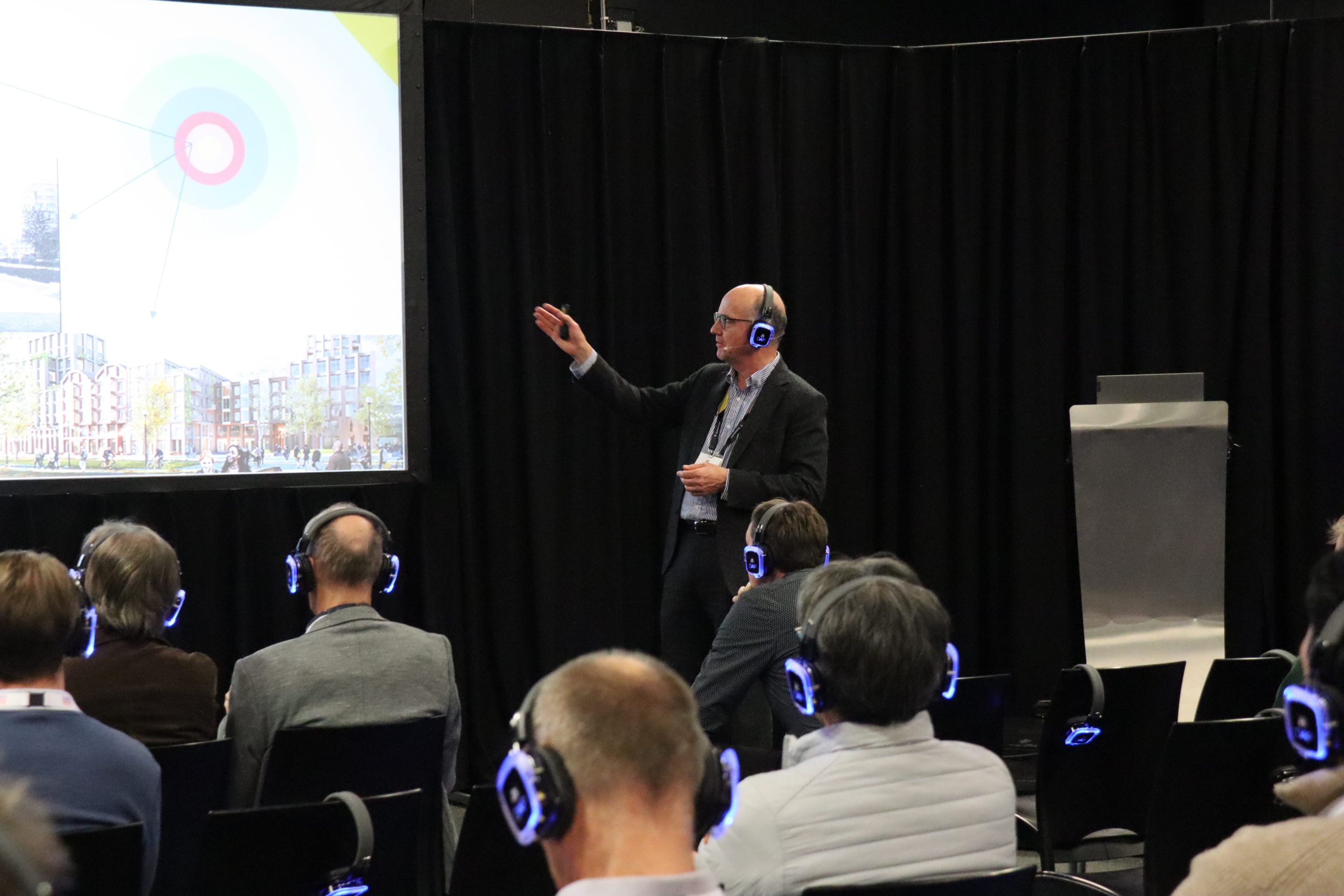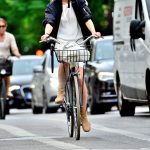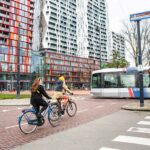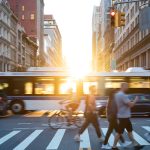
Urban accessibility and livability, the new standard for traffic management?
Paul van Koningsbruggen
The urban space is contracting due to urban densification. If we allocate the remaining space in a more conscious and planned way, we can enhance accessibility and livability, so that the city can continue to be a pleasant place to live, work, and visit. Traffic management can help do this, but only if we abandon our car-centric perspective.
The importance of cars needs no explanation. But cars also take up a disproportionately large part of the public space. Often enough there is no need to take the car to go into the city. How can we persuade motorists to park their car at the edge of the city and use public transport or a bike from a shared bike scheme to continue their journey? Can we guide the remaining motorized traffic in such a way as to make driving through the city unattractive? Could parking places and loading bays also be used for other purposes?
Once we have answered these and other questions, we can create and retain space for people in the city. It will give pedestrians and cyclists the space they need and ensure that the densifying city remains accessible and livable.



